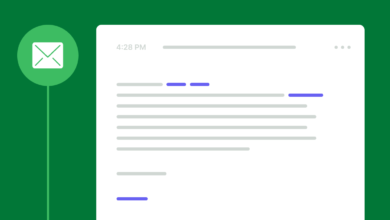
7 Essential Metrics for Efficiently Tracking Employee Internet Usage
Regardless of whether it is intrusive or not, it is definitely required to monitor employee internet activity. Additionally, tracking personnel during work hours has grown more difficult, necessitating the monitoring of computer and internet activities. Now, why is it necessary?
We are all aware of how helpful the Internet is for connecting with people and finding information on nearly anything, but when used improperly, it may end up in the wrong hands and yield unfavorable outcomes. Unrestricted usage of the Internet at work can result in lower productivity, potential security risks, and even needless costs for staff members.
Therefore, in order to maintain equilibrium, monitoring employee internet usage using software such as Controlio guarantees certain characteristics of the workplace that are in line with the organization’s aims and objectives but do not pose a risk to the business. This is a calculated action to safeguard the company’s interests, not merely a policy issue. Here are the top 10 metrics you can use to efficiently track employee internet usage to make things easier for your company.
Table of Contents
1. Usage of bandwidth
The amount of internet bandwidth that employees consume is indicated by bandwidth utilization or consumption. A high usage rate could indicate pointless or unrelated activities, like downloading or streaming.
2. Categories of websites visited
This measure merely entails monitoring the range of websites that staff members visit over a given period of time. Although this may sound petty, the company needs to know if workers are squandering their working time on non-work-related activities like social networking, online shopping, and amusement or on work-related things like research websites, professional forums, and industry news.
3. The most popular websites
This specific metric aids in identifying the websites that employees visit the most, much like the website category visited metric. It displays the areas where workers spend the majority of their working hours on the internet. It’s a useful tool for determining which websites are essential for work and which are merely distractions that reduce productivity.
4. Online time
The main goal of an organization’s internet usage metrics is to track and analyze the amount of time employees spend online. To ascertain whether they are making efficient use of their internet time, this is required. It is simple to become distracted and lose productivity if they are not work-focused.
5. Times of peak consumption
This measure of peak internet usage times indicates the times during working hours when employees were most active online. This provides a thoughtful analysis of their work patterns and highlights potential problems, such as frequent use of the internet after hours.
6. Activity download
Monitoring the kind and quantity of items that staff members download via corporate devices and the network is crucial. Downloading too many non-work-related files could be a clear indication of internet abuse. Additionally, keeping an eye on the kinds of files or materials downloaded might aid with security issues like malware or unauthorized software installations.
7. Activity related to uploading
Similar to tracking download activity, sensitive content is uploaded via the company network to prevent irrelevant or private information from leaving the organization without permission. Preventing data leaks and protecting firm information are crucial.








